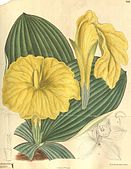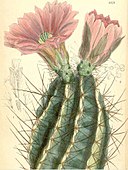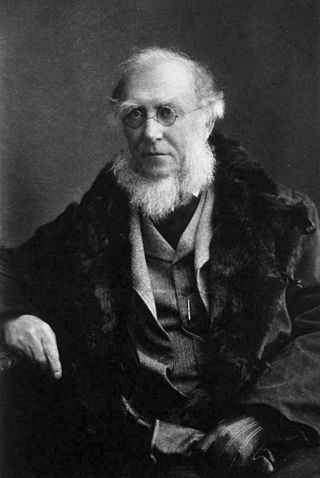
Sir Joseph Dalton Hooker was a British botanist and explorer in the 19th century. He was a founder of geographical botany and Charles Darwin's closest friend. For 20 years he served as director of the Royal Botanical Gardens, Kew, succeeding his father, William Jackson Hooker, and was awarded the highest honours of British science.

Sir William Jackson Hooker was an English botanist and botanical illustrator, who became the first director of Kew when in 1841 it was recommended to be placed under state ownership as a botanic garden. At Kew he founded the Herbarium and enlarged the gardens and arboretum. The standard author abbreviation Hook. is used to indicate this person as the author when citing a botanical name.
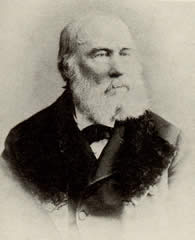
Walter Hood Fitch was a botanical illustrator, born in Glasgow, Scotland, who executed some 10,000 drawings for various publications. His work in colour lithograph, including 2700 illustrations for Curtis's Botanical Magazine, produced up to 200 plates per year.
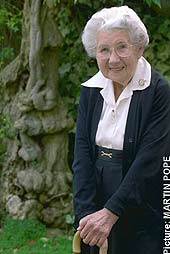
Stella Ross-Craig was an English illustrator best known as a prolific illustrator of native flora.

The Botanical Magazine; or Flower-Garden Displayed, is an illustrated publication which began in 1787. The longest running botanical magazine, it is widely referred to by the subsequent name Curtis's Botanical Magazine.
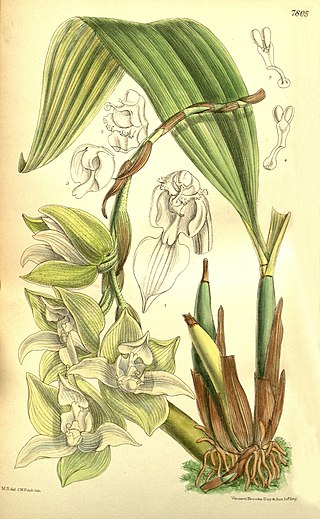
Trevoria is a genus of orchids native to southeastern Central America and northwestern South America. It grows in intermediate temperature and is found from Nicaragua and Costa Rica to Bolivia.

Botanical illustration is the art of depicting the form, color, and details of plant species. They are generally meant to be scientifically descriptive about subjects depicted and are often found printed alongside a botanical description in books, magazines, and other media. Some are sold as artworks. Often composed by a botanical illustrator in consultation with a scientific author, their creation requires an understanding of plant morphology and access to specimens and references.

Sarah Anne Drake (1803–1857) was an English botanical illustrator who worked for John Lindley and collaborated with Augusta Innes Withers, Nathaniel Wallich and others.

Sievekingia is a genus of orchid, comprising 20 species found in Central and South America, from Nicaragua east to the Guianas and south to Bolivia.

The Endemic Flora of Tasmania was written by Dr Winifred Curtis with coloured lithographs by botanical illustrator, Margaret Stones. It is a six-volume book that was commissioned by the 7th Baron Talbot of Malahide (1912-1973), an Irish peer, and published by the Ariel Press in 1967. Both Stones and Curtis worked alongside each other in Tasmania, Australia, studying the depths of Tasmanian Flora.

Dendrobium bellatulum is a species of orchid. It is native to the eastern Himalayas and northern Indochina.

Dendrobium williamsonii is a species of orchid, commonly known as Williamson's dendrobium. It is native to southern China, Assam, and Indochina. It is an epiphyte and grows on tree trunks in forests.

Scaphosepalum pulvinare is a species of orchid found in Colombia and Ecuador.
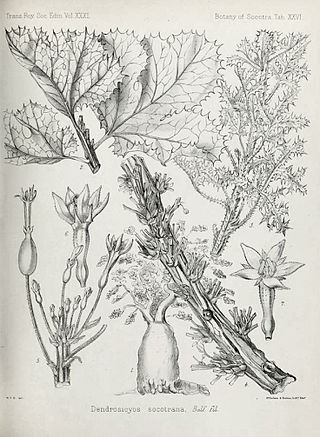
Lady Harriet Anne Thiselton-Dyer was a British botanical illustrator.
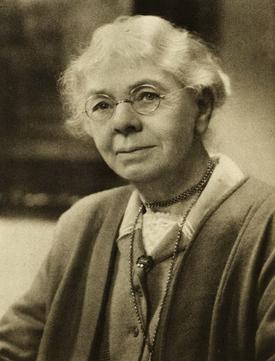
Lilian Snelling (1879–1972) was "probably the most important British botanical artist of the first half of the 20th century". She was the principal artist and lithographer to Curtis's Botanical Magazine between 1921 and 1952 and "was considered one of the greatest botanical artists of her time" – "her paintings were both detailed and accurate and immensely beautiful". She was appointed MBE in 1954 and was awarded the Victoria Medal in 1955. The standard author abbreviation Snelling is used to indicate this person as the author when citing a botanical name.

The Flora Antarctica, or formally and correctly The Botany of the Antarctic Voyage of H.M. Discovery Ships Erebus and Terror in the years 1839–1843, under the Command of Captain Sir James Clark Ross, is a description of the many plants discovered on the Ross expedition, which visited islands off the coast of the Antarctic continent, with a summary of the expedition itself, written by the British botanist Joseph Dalton Hooker and published in parts between 1844 and 1859 by Reeve Brothers in London. Hooker sailed on HMS Erebus as assistant surgeon.
The Flora Tasmaniae is a description of the plants discovered in Tasmania during the Ross expedition written by Joseph Dalton Hooker and published by Reeve Brothers in London between 1855 and 1860. Hooker sailed on HMS Erebus as assistant surgeon. Written in two volumes, it was the last in a series of four Floras in the Flora Antarctica, the others being the Botany of Lord Auckland's Group and Campbell's Island (1843–1845), the Botany of Fuegia, the Falklands, Kerguelen's Land, Etc. (1845–47), and the Flora Novae-Zelandiae (1851–1853). They were "splendidly" illustrated by Walter Hood Fitch.

Rosa Catherine Fiveash was an Australian botanical artist, illustrator and art teacher. She was a pioneer of china painting who introduced the technique to Adelaide.
Patricia Halliday was an English botanist and Illustrator who worked at Kew Gardens.
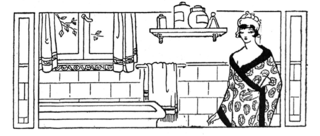
Margaret Olive Milne-Redhead was an artist and botanical illustrator known as Olive Shaw and Margaret Olive Shaw.



